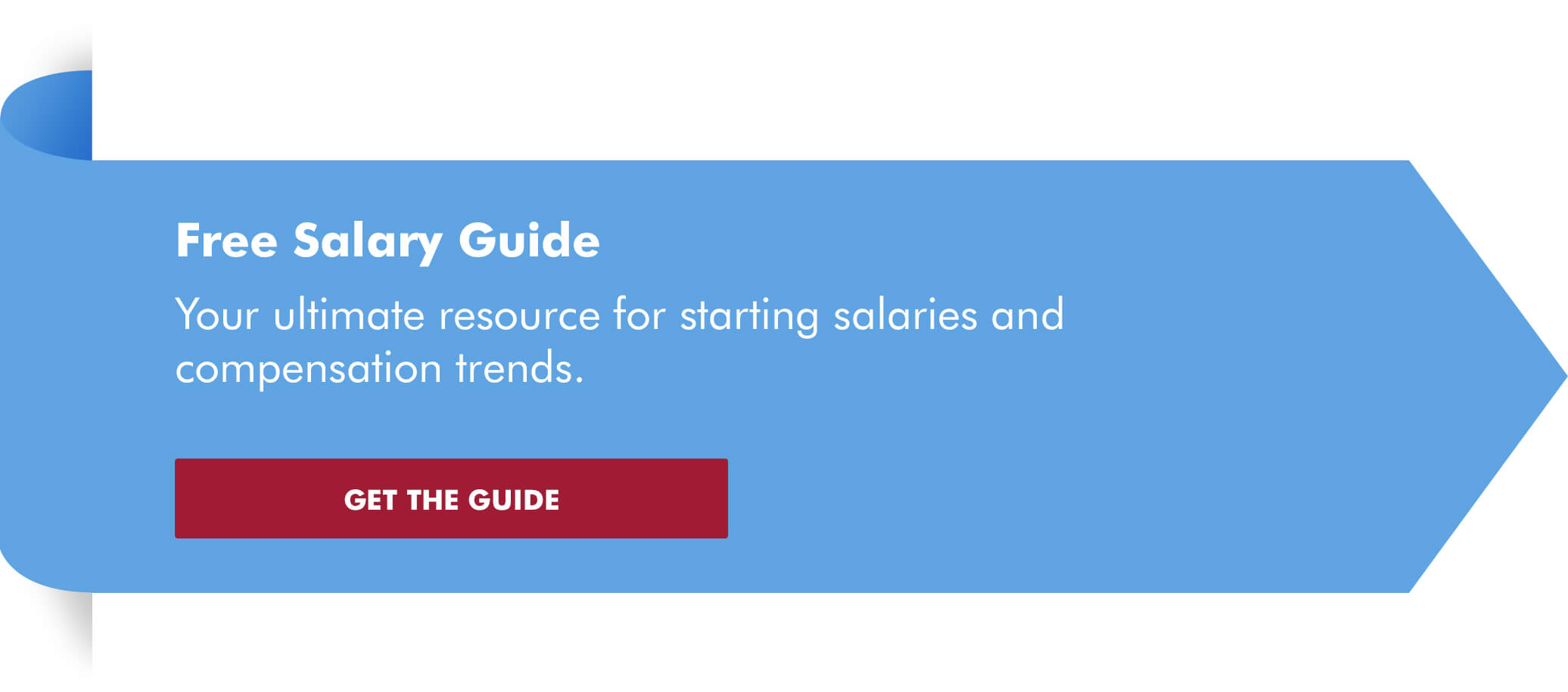Payroll works the same way in almost every full-time job. Employees earn money by working, and they all receive their earnings on a set date: payday.
But is a dedicated payday for all workers in a company about to become a thing of the past?
Some companies in the U.S. and beyond have recently begun to adopt a new payroll model known as on-demand pay. While this new model is emerging mostly within small businesses or large organizations with many part-time employees, it has potential to catch on and become the norm, changing the way more people receive their wages.
What is on-demand pay?
On-demand pay allows employees to withdraw their outstanding earnings at any time rather than having to wait until payday. An employee may even choose to get paid at the end of every shift if they like.
Dedicated on-demand payroll platforms make this new approach possible. These third-party services — some of which are offered through large payroll and HR providers like ADP — connect to the employer’s HR systems to track timesheets and wage entitlements. The service provider uses this data to keep a live total of each employee’s earnings.
Employees use a secure app to view their current balance. With one click, they can make a withdrawal to their chosen payment method, such as a linked bank account.
What are the benefits for employees?
Cash flow is a major issue for many Americans, especially those who live paycheck-to-paycheck. For these employees, on-demand pay helps in situations like:
- Dealing with unexpected expenses — Employees can find themselves forced to ask for an advance to cover unanticipated costs, such as medical bills or car repairs. With on-demand pay, the employee can simply withdraw the cash they need from their balance — or already have it available if they transfer their wages daily.
- Changing jobs — When people move to a different employer, they often have to survive a few weeks before the first paycheck arrives. On-demand pay allows them to access cash after their first day at the new job.
- Responding to crisis or disruption — During the pandemic, many employees found that they couldn’t go to work to collect their paycheck or request an advance. On-demand pay is an electronic service that employees can manage from their phones, even if they’re stuck at home.
Ultimately, the main benefit is flexibility. Employees can choose a payment schedule that suits them rather than being forced to wait for funds until payday.
What are the benefits for employers?
On-demand pay is a potential game changer for employers. Here are a few of the most notable benefits:
- Happier employees — On-demand pay gives employees control over when they access their earnings, reducing any stresses associated with waiting for payday. Workers may also feel grateful to their employer for giving them this option, likely boosting their morale, loyalty and engagement.
- Reduced payroll costs — Payroll processing can be a major cost center, especially for companies with a large workforce. Payroll is a particular burden in sectors where most workers are on hourly schedules. A third-party payroll service could make it easier to help ensure all workers get paid on time.
- Access to analytics — Some on-demand pay services can provide user analytics to the employer. This data can yield useful insights, enabling the HR team to hone their compensation offerings to meet employee needs.
On-demand pay can be a win-win for everyone, as long as it’s done right. But this approach is not perfect.
Are there any downsides to on-demand pay?
Before adopting this new approach, it’s important to consider some of the potential pitfalls of an on-demand payroll system. For starters, most third-party services charge a handling fee on payments. This could mean additional costs for you, the employer. And if your employees are paying the fees, that could lead them to doubt the value of the service.
There’s also the issue of outsourcing such a vital function to a third party. If there’s a problem with their service, your people might not get paid. But if you can find a partner offering low fees and a reliable service level, the benefits of on-demand pay may well outweigh any challenges.
And if this emerging practice becomes a full-on trend, employers that don’t adopt it may risk being perceived as stodgy, at best, or worse: unfriendly to employee needs — which could hurt companies looking to recruit and retain top talent. Early adopters may want to look into it now, though many companies should at least keep it on their radar.







